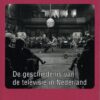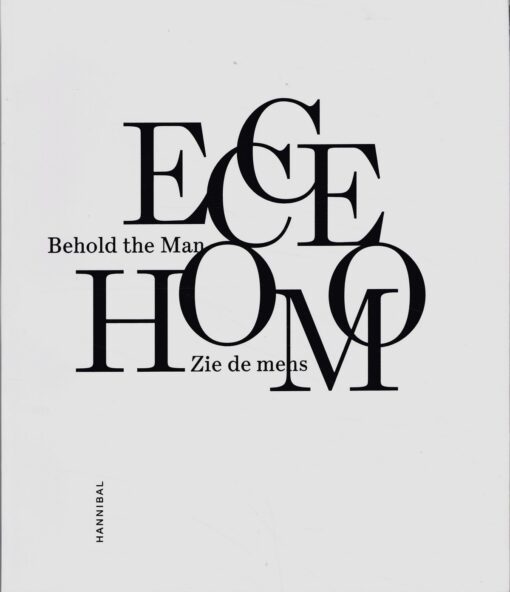Terug/Home/Webwinkel ramsj.nl /Kunst/Monografieën/Ecce Homo
Ecce Homo
Behold the Man. Zie de mens
€ 29,50 Oorspronkelijke prijs was: € 29,50.€ 9,90Huidige prijs is: € 9,90.
‘Ecce Homo’ explores the age-old theme of the suffering Christ in a broad sense within contemporary art in Belgium. We live in an era in which humanity and mankind are violated on different levels; more and more, we are confronted by essential differences in the development and freedom of people in various parts of the world. This exhibition wants to show how artists approach la condition humaine in the context of today’s world. Ecce Homo examines all aspects of the image of man, including both his grandeur and his vulnerability. This publication is the catalogue for the ambitious exhibition Ecce Homo. Behold the Man, in which works by 63 artists are shown at nine locations across the historic centre of Antwerp, including the Maagdenhuis and the Museum Mayer van den Bergh. These contemporary artworks set up a dialogue with the inspiring surroundings in which they are installed and also with the creations of the Old Masters.
Gerelateerde producten
kunst
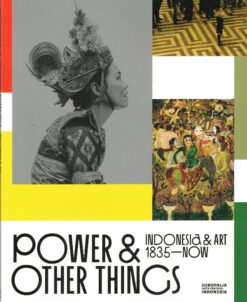
Power & Other Things
The project takes its name from the demand for the transfer of power and other things to the newly independent Indonesia in 1945. It travels through time, from European colonial occupation through the development of the republican state to the trans-national contemporary cultures of today. It looks at the various international exchanges that happened in the territories of contemporary Indonesia, through the images and ideas of artists. These exchanges were of different kinds: trade, culture, religion, ideology and war. They produced a variety of results: violence, oppression, racism, creativity, spiritual awakening, and other things. The ideologies and challenges of modernity are common ways in which Indonesia has been depicted by others and has defined itself over the period. As this modern period recedes into history, the project will seek ways to remember how it has influenced contemporary understanding and ask the current generation of artists to look back in order to rewrite the past and potentially create the conditions for a different future. The catalogue and the exhibition will follow a broad chronological narrative, allowing readers and visitors to learn more about how this huge archipelago has changed over the past two centuries and to observe how it has responded and adapted to influences originating from both inside and outside the islands. The influence of the imperial Dutch and Japanese occupations naturally form a significant element in the narrative of the exhibition as does the constant struggle for different forms of independence or equal treatment by the Javanese and other Indonesian cultures. The importance of Chinese and Arab influence on Indonesia's cultural history will also feature as the exhibition tries to look for alternative ways, alongside the post-colonial, for understanding the present. The presentations will include work made during the residencies as well as new commissions. Snoeckpap - 127 blz
kunst
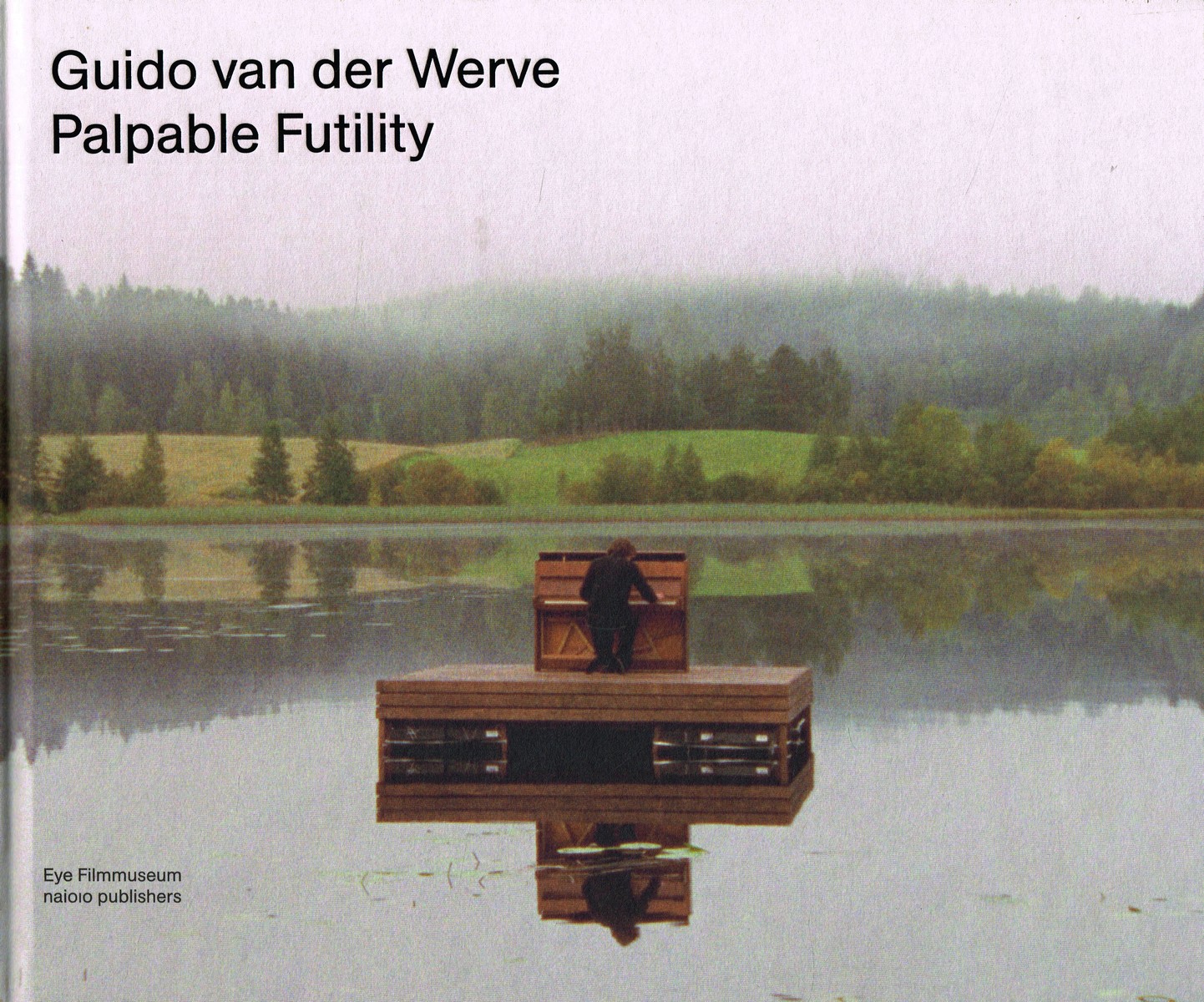
Guido van der Werve
In Palpable Futility wordt het gehele oeuvre van Guido van der Werve beschreven en afgebeeld en benaderen diverse auteurs het werk vanuit verschillende perspectieven. For English see below. Guido van der Werve heeft een bijzonder oeuvre opgebouwd rond tijdloze en universele thema's als de condition humaine. In het universum van Guido van der Werve zijn romantiek, de natuur en het sublieme nooit ver weg. Hij neemt de schoonheid en tegelijkertijd de nutteloosheid van het menselijk bestaan vaak met droge humor op de hak. In Palpable Futility wordt het gehele oeuvre beschreven en afgebeeld en benaderen diverse auteurs het werk vanuit verschillende perspectieven. Het werk wordt in een internationale kunsthistorische context geplaatst en naast een interview en een literaire bijdrage bevat het boek stukken over schaken en over de rol van muziek. Guido van der Werve is een van de meest vooraanstaande Nederlandse kunstenaars, zijn filmwerken zijn opgenomen in (inter)nationale collecties als Museum of Modern Art, Sammlung Goetz, Stedelijk Museum Amsterdam en Museum Boijmans Van Beuningen. >English< Guido van der Werve built up an extraordinary oeuvre around timeless and universal themes such as the human condition. In Van der Werve's universe, romance, nature and the sublime are never far away; his dry humour often targets the beauty-cum-futility of human existence. Palpable Futility describes and depicts Van der Werve's entire oeuvre. Different authors approach his work from different perspectives and place it in an international art-historical context. The book includes an interview and a literary contribution as well as articles about chess and the role of music. Guido van der Werve is one of the Netherlands' most prominent artists. His film works are included in (inter)national collections such as those of the Museum of Modern Art , Sammlung Goetz, Stedelijk Museum Amsterdam and Museum Boijmans Van Beuningen. Nai010geb - 208 blz
kunst
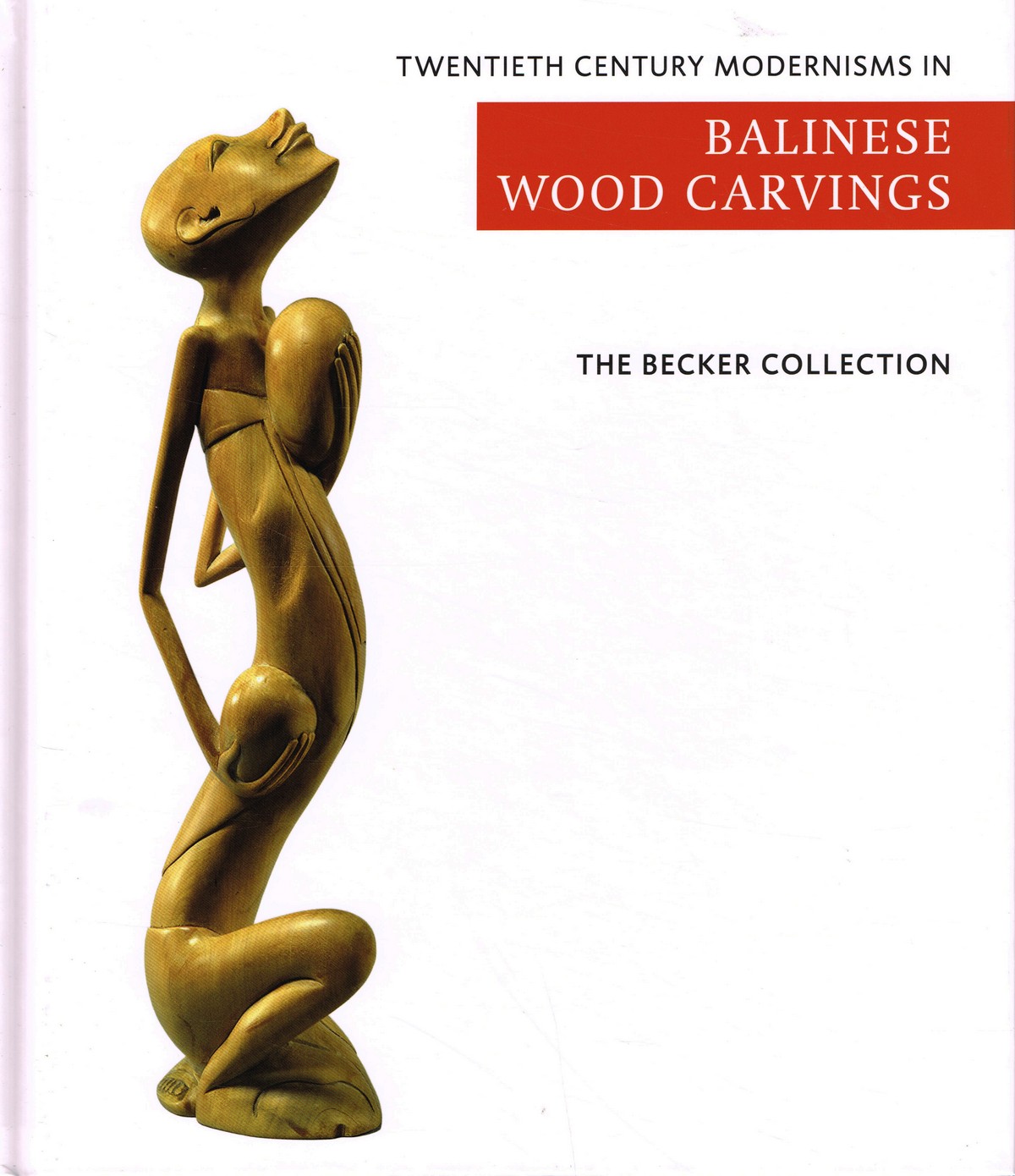
Ton & Mies Becker
Twentieth Century Modernisms in Balinese Wood Carvings
'The Becker Collection - Twentieth century modernisms in Balinese wood carving' contains the private collection of twentieth century ?modern style? Balinese wood carvings, collected by Ton and Mies Becker, both retired medical specialists and collectors of Asian art. Between the 8th and 10th century Hindu influences spread to Bali and blended into the exiting Balinese mix of animistic and Buddhist styles and subjects, known as Bali Aga. Hence, in due time the craftsmen obtained the subjects for their works from the Hindu-Balinese religion and their heroes and demons from famous Hindu epics. This particular style became known in the Western art world as the ?Traditional or Old Balinese style?. In the 20th century the arts and crafts scene in Bali changed completely. First because of Western artist who visited Bali and stayed on to work there and, second, because of the gradual influx of increasing numbers of foreign tourists. In addition the Dutch colonial government started a military campaign to control the powerful kingdoms of central and southern Bali. As a result the local craftsmen lost their royal support and soon realized that foreign tourists were not particularly interested in gods and heroes. Hence, stimulated by some of the Western artists who had settled in Bali, they turned to secular subjects taken from nature and everyday life and became more impressionistic in the execution. This led to a range of new styles, often impressionistic and sometimes even minimalistic and caricatural with bizarre elongated shapes or solid compact forms. In this book we are concerned with this particular type of 20th century ?Modern Style? Balinese wood carving. The catalogue contains 40 objects of ?modern style? wood carving, representing different styles. Each object is photographed, both as an overview and in details if so requested. A brief description of each object is provided, together with the estimated date, and additional information is provided if considered useful. The catalogue is preceded by an essay on the history of Balinese wood carving. Van Spijkgeb - 144 blz
kunst
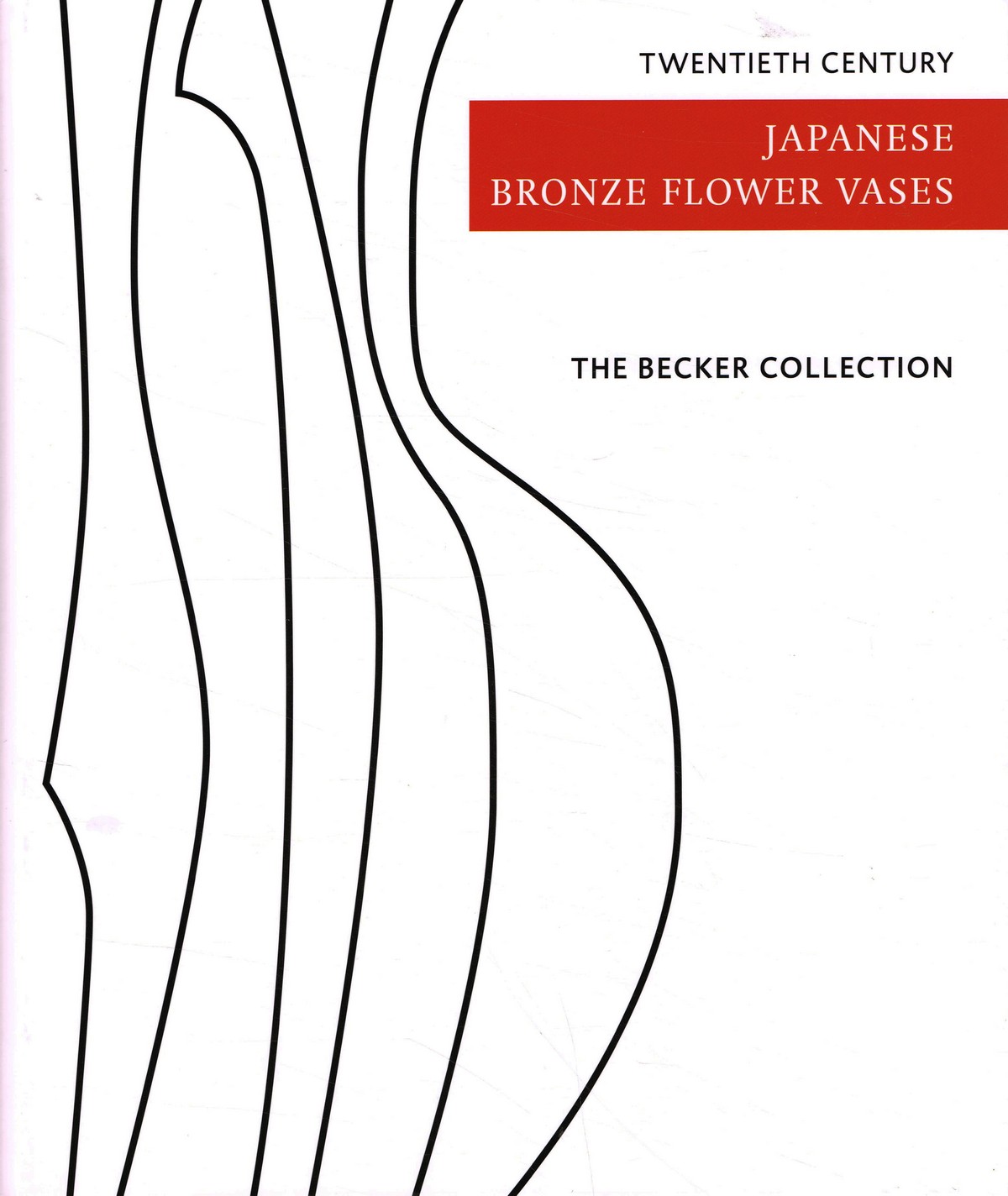
Ton & Mies Becker
Twentieth Century Japanese Bronze Flower Vases
'The Becker Collection - Twentieth century Japanese bronze flower vases' contains the private collection of twentieth century bronze flower vases compiled by Ton and Mies Becker, both retired medical specialists van collectors of Asian art. With the introduction of Buddhism in Japan in the sixth century, bronze containers for flowers to be placed on the altar became important religious objects. In the fifteenth century the Buddhist monk Senno Ikenobô founded the art of flower arranging, which started what nowadays is known as ikebana, the traditional Japanes way of floral art. Presently only the Ikenobô ikebana school still uses bronze flower vases, while all other ikebana schools use other materials like ceramics and bamboo. Following the Meije restauration (1868-1912) the Japanese art world was confronted with Western art styles, in particular the Art Deco movement. The twentieth century flower vases in this collection show a variety in shape and style, in part based on traditional Buddhist temple style vases and in part on the streamlined and geometrical style of the Art Deco movement, albeit often with a distinct 'Japanese touch'. A few introductory essays provide some background information about 'bronzes in Japanese culture', 'the patination of flower bronzes' and 'the tomobako (storage box)'. The catalogue of the vases is arranged according to the bronze worker and presented in alphabetical order in the traditional Japanese way, i.e. the family name first, followed by the given name. All vases are shown together with their tomobako -if available- and with their signature or seal. Brief biographical data are included once available. Van Spijkgeb - 168 blz
